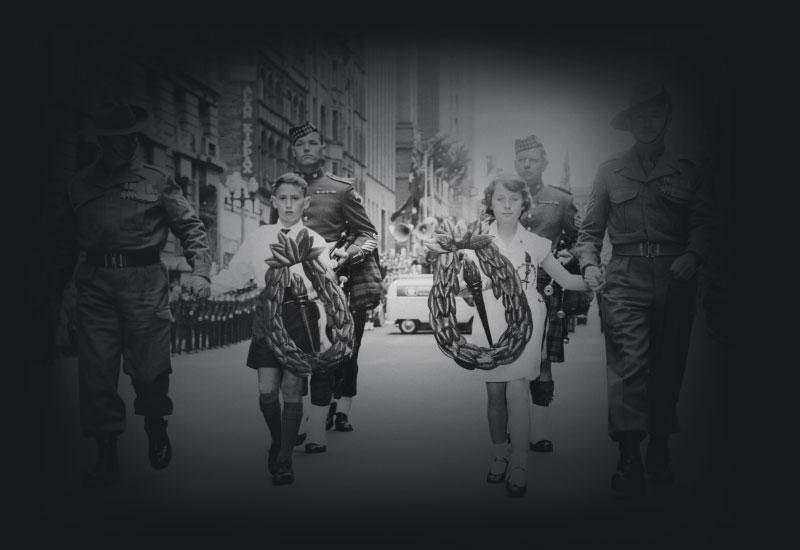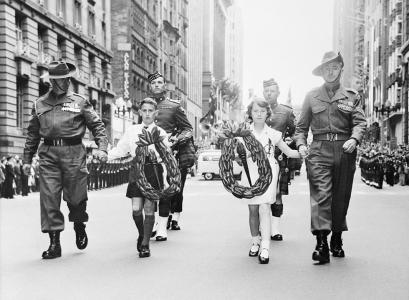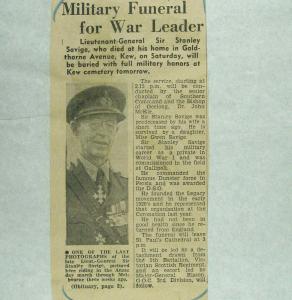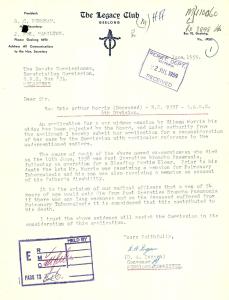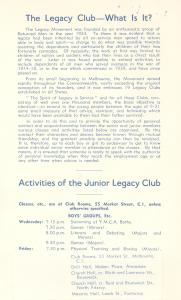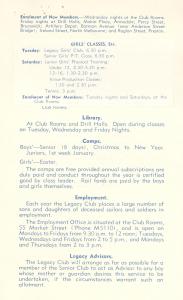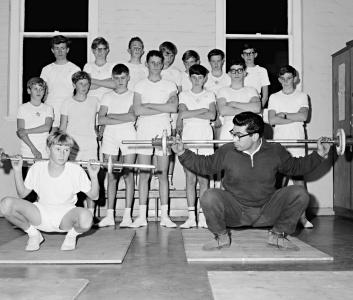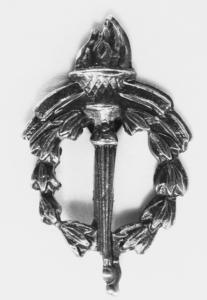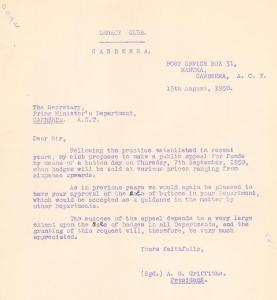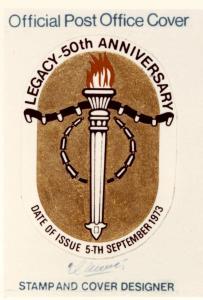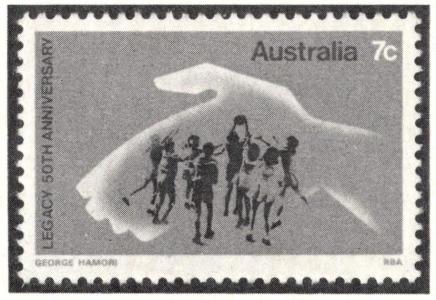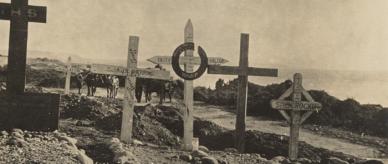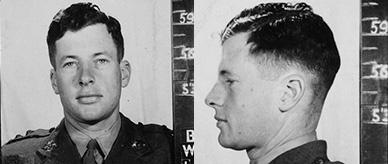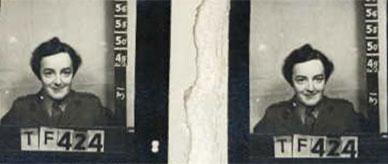Since 1923, Legacy has cared for the families of Australians who lose their lives or health through military service. Legacy's impact over the past 100 years can be seen through records held at the National Archives.
Born out of wartime camaraderie
E got 'is on Gallipoli, an' sleeps there with the best,
Not leavin' very much be'ind, excep' one small request.
'look after things', was all 'e said, when 'e was mortal 'urt,
Dead sure 'is mates – that's me, and you – would never do 'im dirt.
(Think of it in the Silence, with yer 'eads bowed low:
Do we keep the unspoke compact with the men we used to know?)
A message: Armistice Day, 1936 by C. J. Dennis
In September 1923, a small group of First World War veterans met in Melbourne. Led by Captain Stanley Savige, they wanted to maintain the wartime spirit of camaraderie and service. To do so, they formed the Melbourne Legacy Club. Initially, they drew their inspiration from the recently established Hobart Remembrance Club. This club assisted veterans returning to civilian life. Soon, Savige and his collaborators identified a greater 'legacy' to fulfil: taking care of their dead comrades' families. They regarded this as an act of both service and remembrance.

